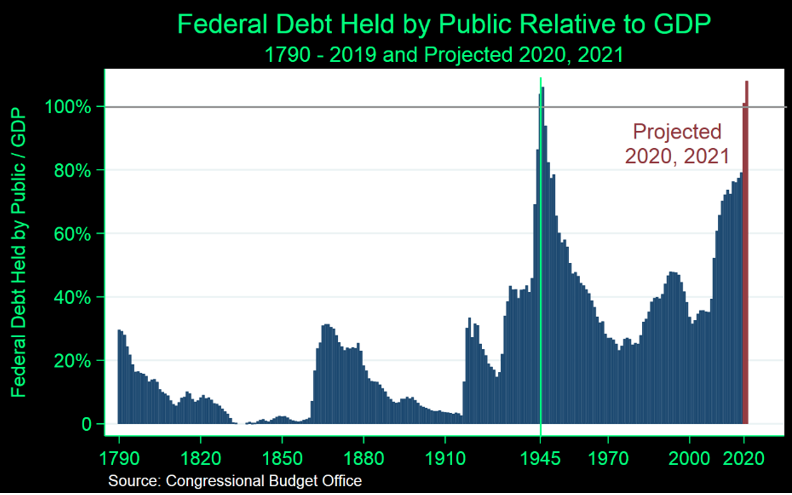
1/ Thread on DeFi Options👇
This thread will focus on some of the big issues relating to these protocols today:
Pricing, liquidity and capital efficiency – all of these are intertwined so I will do my best to break it down.
This thread will focus on some of the big issues relating to these protocols today:
Pricing, liquidity and capital efficiency – all of these are intertwined so I will do my best to break it down.
2/ Implied volatility (IV) represents the expected volatility of the underlying asset over the life of the option and is a main driver behind option pricing.
IV is influenced by supply and demand of the option thus can be difficult to determine without proper liquidity/volume.
IV is influenced by supply and demand of the option thus can be difficult to determine without proper liquidity/volume.
3/ If a protocol were to use data from a centralized source like Deribit to determine pricing this can be expensive to update in real time on layer 1.
If you do not have proper pricing it is difficult to have liquidity as users won’t want to buy mispriced options.
If you do not have proper pricing it is difficult to have liquidity as users won’t want to buy mispriced options.
4/ It’s difficult to separate liquidity and pricing as when one improves so does the other, another factor affecting liquidity is capital efficiency.
When MM's sell options, they look to delta hedge as they do not want to be exposed to the direction of the underlying asset.
When MM's sell options, they look to delta hedge as they do not want to be exposed to the direction of the underlying asset.
5/ Delta hedging in this context is when MMs use other derivatives or spot to offset the exposure of the options they sold.
For example, a market maker sells a call option with a Delta of .25, this means that for every 1% the underlying asset moves the option will move .25%.
For example, a market maker sells a call option with a Delta of .25, this means that for every 1% the underlying asset moves the option will move .25%.
6/ A market maker can then go long the asset via a futures/spot position and buy 1/4th of the underlying asset that the option is exposed to.
This way if the underlying moves up 1% the futures position will offset the .25% change in price of the option.
This way if the underlying moves up 1% the futures position will offset the .25% change in price of the option.
7/ This allows the market maker to use the futures/spot as collateral (cross-margin) and hedge their option positions.
So, how does this relate to current DeFi options protocols?
So, how does this relate to current DeFi options protocols?
8/ Currently, no DeFi protocols have integrated with futures thus making it difficult for MMs to use cross margin and hedge efficiently.
This is why we have seen the majority of options volume in DeFi come from @ribbonfinance that uses passive user's liquidity to write options.
This is why we have seen the majority of options volume in DeFi come from @ribbonfinance that uses passive user's liquidity to write options.
9/ Passive users are less sensitive to maximum capital efficiency and other factors like simplicity and automated strategies are much more important to them.
10/ Ribbon allows users to deposit collateral into vaults and then automatically sells covered calls or protected puts against that collateral using @opyn on a weekly basis.
11/ This seems like a win win situation as users are happy to express views on the market via these vaults and earn a yield if they are correct, while also providing liquidity for buyers of options.
12/ Passive users are not as concerned about being maximally capital efficient as that would require 24/7 monitoring of positions, many transactions per week and deep knowledge of derivatives
13/ It will be interesting to see how L2 effects the options landscape and if there will be any other clever mechanisms that could help solve the previously mentioned issues.
14/ This thread is for informational purposes only, not financial advice. Please do your own research.
• • •
Missing some Tweet in this thread? You can try to
force a refresh











